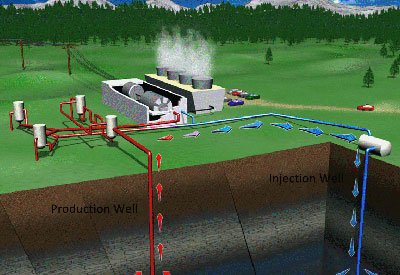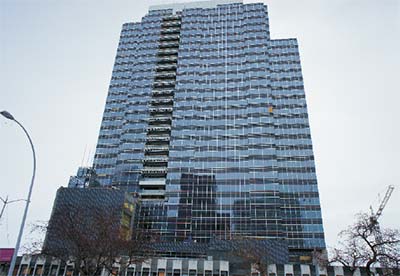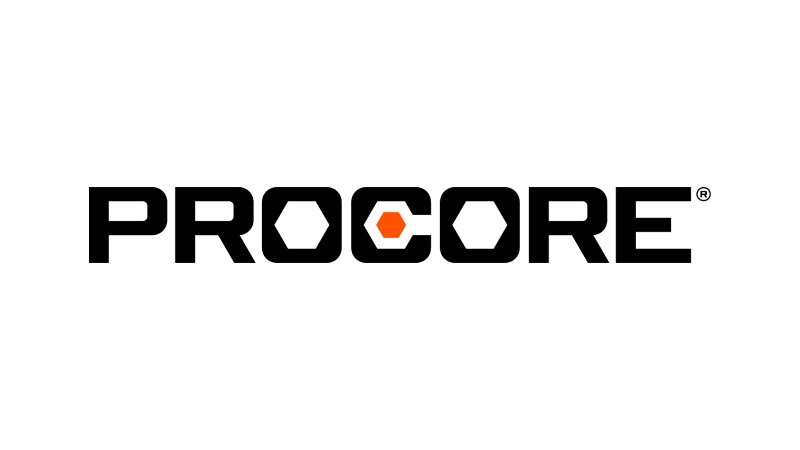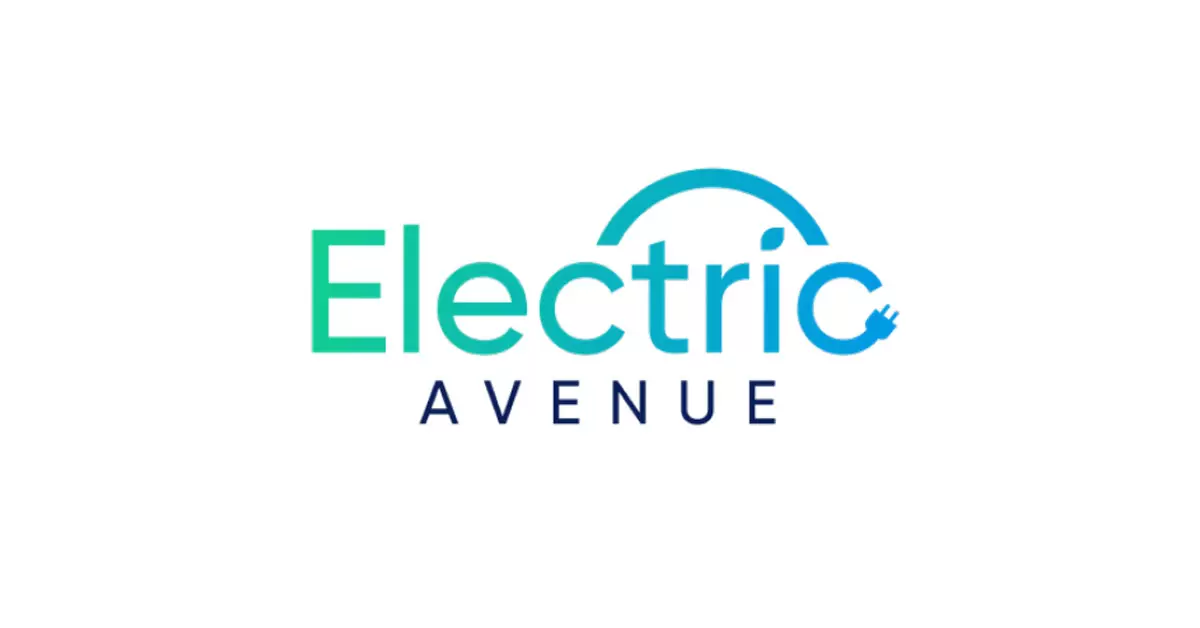Homologation des composants électriques

Bill Burr
Depuis la parution de mes articles précédents sur la certification et l’évaluation sur le terrain, j’ai reçu un certain nombre de demandes pour expliquer les autres marques de certification qui peuvent apparaître sur les produits électriques au Canada et aux États-Unis.
Ce sont des marques qui peuvent être appliquées à des produits qui sont destinés à être quelques-uns des composants ou sous-ensembles d’un produit certifié. Dans la plupart des cas, ce sont des produits qui sont fabriqués par différents fabricants et peuvent être utilisés pour plusieurs produits.
Quelques exemples:
• interrupteurs pour appareils électroménagers,
• condensateurs, filtres, porte-fusibles,
• équipements de détection de faute au sol,
• commandes de moteurs et d’équipements industriels et,
• alimentation intégrée, CD-ROM interne ou des disques durs, et
• composants similaires destinés à être incorporés dans un produit dans une usine du fabri-cant de ce produit.
 Ces produits peuvent ressembler à un produit de consommation normalement certifié, toute-fois, ils peuvent répondre à des exigences différentes ou ne pas répondre à l’ensemble des exigences du produit fini. Dans de nombreux cas, il existe des restrictions ou conditions à l’utilisation de ces composants dans un produit. Ils ne sont pas destinés à la vente au con-sommateur en général et non considérés comme un produit certifié approuvé.
Ces produits peuvent ressembler à un produit de consommation normalement certifié, toute-fois, ils peuvent répondre à des exigences différentes ou ne pas répondre à l’ensemble des exigences du produit fini. Dans de nombreux cas, il existe des restrictions ou conditions à l’utilisation de ces composants dans un produit. Ils ne sont pas destinés à la vente au con-sommateur en général et non considérés comme un produit certifié approuvé.
Le processus normal d’évaluation d’un produit pour la certification comprend les tests du produit, pour assurer la conformité avec la ou les normes applicables, y compris tous les composants.
These are marks that may be applied to products that are intended to be some of the component parts or sub-assemblies of a certified product. In most cases they are products that are manufactured by different manufacturers and may be used in several end-use products.
Some examples of these are:
• switches for appliances,
• capacitors, filters, fuse-holders,
• ground fault sensing equipment,
• Industrial and motor controllers and panel equipment,
• built-in power supplies, internal CD Rom or hard drives, and
• similar component parts intended to be incorporated in an end product in a factory by the end-product manufacturer.
These products may appear similar to a normally certified consumer product, however, they may meet different or not all the requirements of a stand alone product. In many cases there are restrictions or conditions on the use of these components in a product. They are not intended for sale to the general consumer and not considered an approved certified product.
The normal process for evaluating a product for certification includes testing the product, to ensure compliance with the applicable standard or standards, including all components. In addition, follow-up compliance evaluations, to ensure continued compliance and certification, are conducted and these evaluations include all components as well.
When a product is constructed of various components, some or all of these components may be sourced from a different manufacturer. As long as those components are certified by the same Certification Body (CB) that certifies the end-product, there may be no issue. However, when this is not the case the CB must be able to verify that the components meet proper standards and continued compliance. This could involve additional testing and follow-up of the various components and increased costs to the manufacturer.
One major issue continues to be that components may be built to different national standards. With the increasing adoption of harmonized standards, both North American through CANENA, and International through IEC, this particular issue is diminishing.
UL and CSA Agreement on Component Acceptance
In 2004 two major electrical product CBs in Canada and the US, CSA Group and Underwriter’s Laboratories, signed a formal agreement to accept components, certified by one of them, in the certification of an end product by the other. This agreement built upon and formalized a long standing practice of mutual data exchange, when components certified by the other CB were encountered during normal certification of a product. One of the issues was the differing follow-up and inspection procedures of each organization. The agreement permitted the streamlining of certification and follow-up, reduced repetitive testing, and reduced costs and time to market for manufacturers. Other CBs in Canada and the US use the IECEE CB Scheme for component acceptance.
IECEE CB Scheme Component Acceptance
As outlined in another previous article, most Certification Bodies certifying electrical products for Canada and the US are members of the IECEE CB Scheme. The scheme is an agreement, based on the use of IEC standards, with operating procedures for CBs to accept test results of products from other CBs or recognized testing labs in order to certify those products.
In some cases the CB Test Certificate may not apply to all parts of the end product. To facilitate the acceptance of components within the IECEE, an operational document (OD-2039) was developed that outlines the basic principles. It is intended to inform and enhance understanding among the CBs of the various acceptance scenarios, and establish a minimum proof of component compliance with the applicable CB Test Report.
OD-2039 identifies four basic situations for component consideration and the procedures for the acceptance of components for these situations:
• a separate IEC standard exists for the component;
• there is no IEC standard but there is a regional or national standard for the component;
• no component requirement exists; or
• the end-product standard contains component requirements.
Different procedures are provided for the various component situations, and in all cases the components must have test data available, and any national differences addressed.
Outlined in the document, as part of the component acceptance process, is the Component Acceptance Matrix (CAM) database. It was prepared to provide information on the level of harmonization with the IEC standards among the participating countries and CBs. The database assists the National Certification Bodies and CB Testing Laboratories in the compilation of the CB Test Reports by making the requirements for components more transparent. Below is an example of a component acceptance matrix page used by CBs in the process of accepting an extraneous component.
A table similar to this containing, as a minimum, a model number, manufacturer’s name, standard used including edition and any limitation or restrictions on component use, if any, must accompany any component test data submitted to a CB. In addition, due to different systems at each CB, proof of component compliance with the requirements may be different; however, any additional requirements on top of a valid component license must be declared by each CB.
As the marketplace becomes more complex, it becomes increasingly difficult for consumers and regulators to confirm that electrical products meet the applicable safety standards. Identifying the right conformity marking on the product is the key to ensuring you are buying or using the right product.
William (Bill) Burr is the former Chair of the Canadian Advisory Council on Electrical Safety (CACES), former Director of Electrical and Elevator Safety for the Province of BC, and former Director of Electrical and Gas Standards Development and former Director of Conformity Assessment and Regulatory Relations at CSA Group. Bill welcomes questions and feedback and can be reached at Burr and Associates Consulting billburr@gmail.com.










